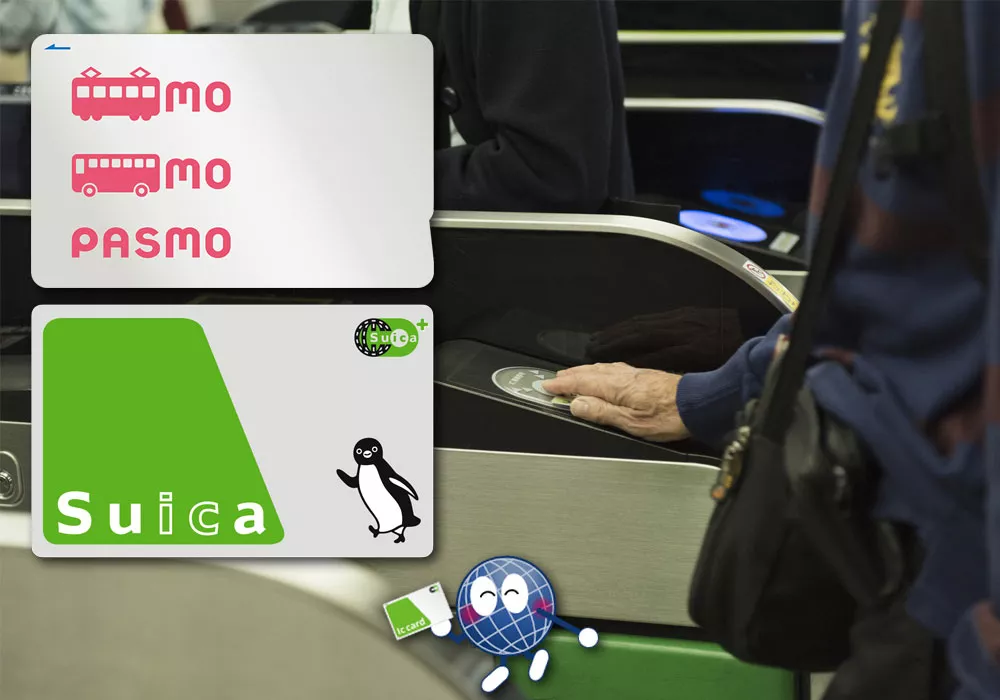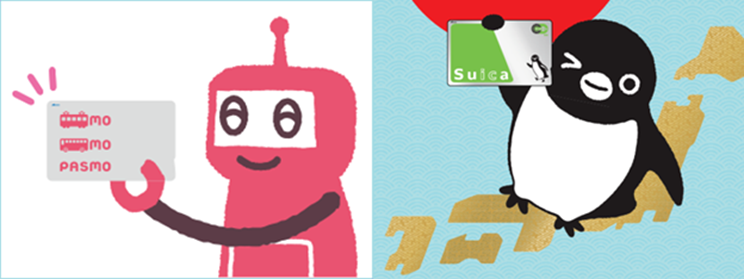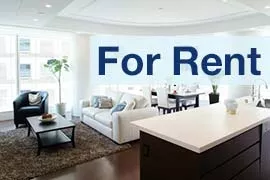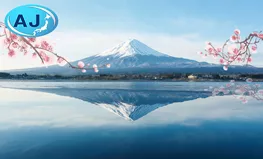Tokyo Subway Ticket Options: Suica or PASMO?

If you live in Tokyo, you know that the public transportation system is second to none. Subways, trains, and buses run on time from very early in the morning to late in the evening. And where a congested highway can take two or more hours to get from point A to B, the public system can often get you there in half the time.
If you are a regular commuter, you are no doubt closely familiar with the ticket gates and kiosks where you purchase your tickets. Furthermore, the names PASMO and Suica are an essential part of maintaining stress-free travel to work and back and allow you to gain entry to almost any station with a simple swipe of the card.
Suica or PASMO: Is There a Difference?
Signs and posters for PASMO and Suica, and their respective mascots, are hard to miss when entering train stations in Tokyo. And while the names are easy enough to pronounce, differentiating between the two is a bit more difficult. At their core, PASMO and Suica are contactless “smart" fare card systems employed by Tokyo transportation networks to make commuting around Tokyo and Japan a much easier process than in the old days when you were required to purchase a ticket each time you transferred between competing transportation companies.

Pasmo a joint partnership operated by the Tokyo Metro and Toei Subway and accepted by a variety of other transportation companies within the Tokyo area and Suica a service operated by the JR East Company and accepted on all JR rail lines and buses within the Tokyo metropolitan area, are essentially one card with two different faces. What we mean by this is that the two systems are completely interoperable and you can use your PASMO card to ride JR trains and buses and your Suica card will get you on to any of the trains or bus lines operated by companies that accept PASMO. Furthermore, you can recharge your card of choice with additional funds at any train station that takes PASMO or Suica.
Using Your Suica or PASMO for Train and Bus Fares
First, you need to purchase a smart card (also called an IC card) either at a ticket kiosk or at the ticket office at any participating company’s bus or train station. When purchasing your card, there are a few options, including buying a "blank" card with a prepaid amount of fare on it or registering an account with PASMO or Suica so that the card can then only be used by you. The benefit of the latter is that if you lose your card or it is stolen or breaks for wear and tear, a replacement can be issued to you.
It is also important to note that you do have to pay for the convenience of using an IC card, usually with an activation fee of around 500 yen (so try your best not to lose your card too often). Below are a few additional tips when using a card.
| ■ | When you are traveling around Tokyo, touch your card to the scanner at the ticket gate or as you board the bus. If you your card has enough funds for the fare, the tap screen will turn blue, if not, it will turn red to let you know that additional payment is required. |
| If this happens, turn around from the turnstile and politely apologize to the people piling up behind you by repeating, “sumimasen" until you’re clear of the line. At this point either add more funds to the card or purchase a paper ticket. | |
| ■ | When you scan your card as you exit from a bus or train station, the appropriate fare will automatically be deducted from your account. However, if the tap screen turns red then you will have to complete the instructions as listed above. |
| ■ | If you run low on funds or want to top up your account, you can add additional money to your account at any ticket kiosk, on buses, or at shops that accept PASMO/Suica. Note that at kiosks you can only use cash to top up your account, which must be done in increments of 1000 yen at non-JR stations or 500 yen at JR stations. Credit cards are not accepted. |
| ■ | In the last year or two, the PASMO/Suica network has expanded so that it can be used throughout Japan to ride trains and buses anywhere you see a card reader with the following displayed image. |
 |
Using Your PASMO or Suica as an IC Card for Other Purchases
In addition to paying for transportation fare, you can also use your PASMO or SUICA card as a form of payment around Tokyo’s many shops and restaurants, vending machines, coin lockers, and even parking lots. Just look for a sign that includes PASMO or Suica and a place to tap your card. Note that while these signs are easily found around Tokyo, you may have more difficulty locating the same convenient payment options deeper in the country side as well as in Japan’s other metropolitan regions like Osaka due to differing available transportation companies.

When using your card at a vending machine, coin locker, or at a parking lot where this form of payment is accepted, select the goods or services you wish to pay for as you normally would and then simply touch your card to the reader.
If you want to use your card in a shop or convenience store where it is accepted, let the shop attendant know when checking out and then touch the card to the card reader when indicated by the attendant.
Tips on Using Mobile Suica
If you have a smartphone with Osaifu Keitai capabilities (i.e., smartphone-based credit card capabilities), you can use your phone in any situation that you would with a Suica card. This is probably one of the few differences between the two cards that may help you decide which to obtain. Below are a couple links that can help you set this option up.
● Details on how to set up and use Mobile Suica.
● Download the official Mobile Suica app for your Android.

- Rental Apartments & Houses in Tokyo
- Listings of popular and luxurious rental apartments, condominiums, and houses designed with expats in mind.

- Apartments & Houses for Sale in Tokyo
- Listings of apartments, condominiums, and houses available for purchase in Tokyo.



















